Is XRP Decentralized? The Complete Truth About XRP's Network
Learn XRP fundamentals before diving into decentralization debates in our guide.
- XRP operates on a spectrum between decentralization and centralization, not purely one or the other.
- The XRP Ledger uses independent validators globally, but Ripple's influence over token supply and validator selection raises centralization concerns.
- Unlike Bitcoin's permissionless mining, XRP was pre-mined with 100 billion tokens, 80% initially allocated to Ripple.
- The consensus mechanism requires 80% validator agreement, but meaningful participation depends on inclusion in Unique Node Lists (UNLs).
- Ripple operates less than 10% of validators, yet most nodes use default UNLs curated by Ripple or the XRPL Foundation.
- XRP's hybrid model enables fast banking partnerships but creates regulatory uncertainty compared to more decentralized cryptocurrencies like Bitcoin.
Is XRP Decentralized or Not? The Verdict
What Does Decentralization Mean in Crypto?
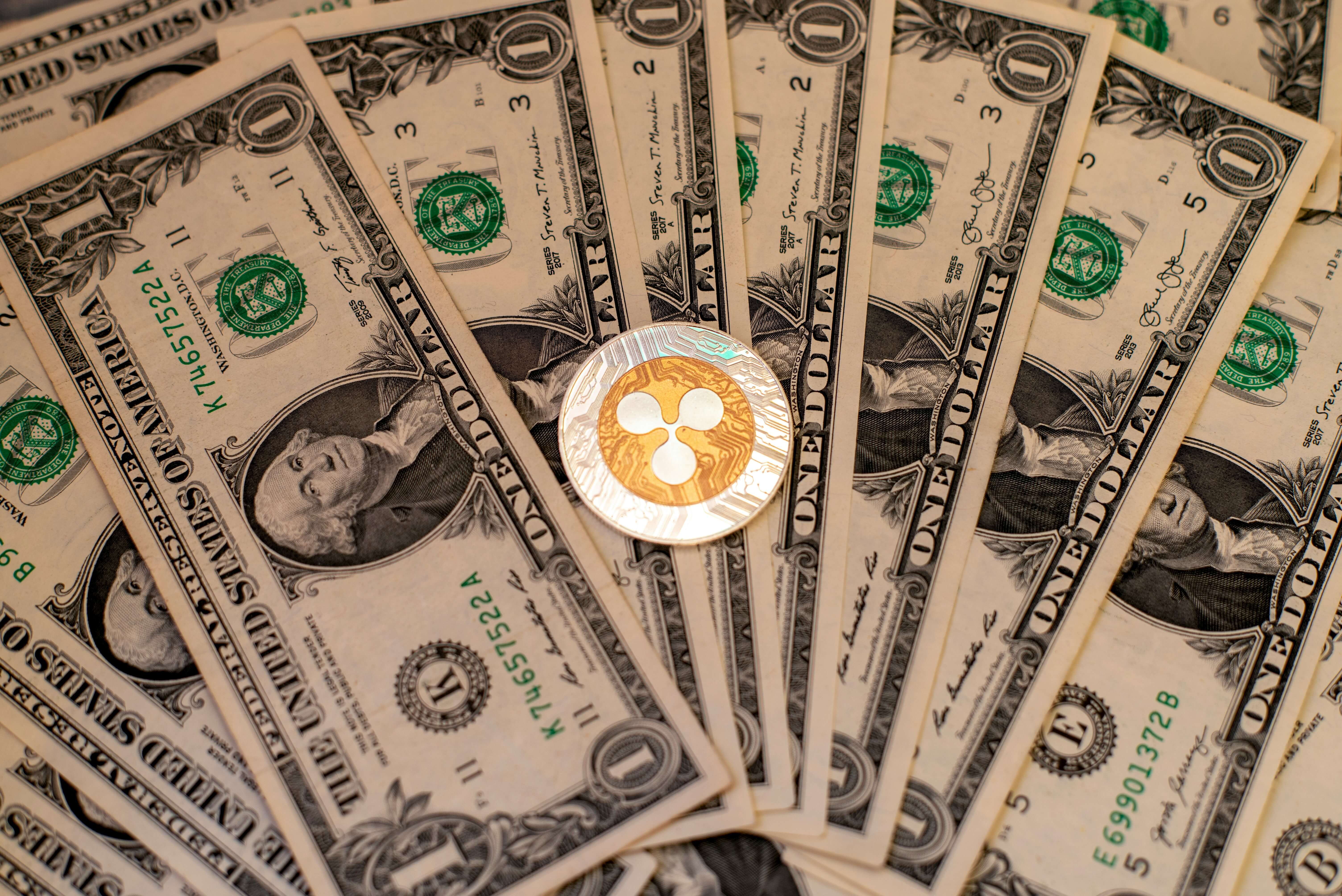
How Does the XRP Ledger Work?
What is XRP?
Is the XRP Ledger Decentralized?
How XRP Reaches Consensus
Understand how XRPL works in our complete technical guide.
Is Ripple XRP Decentralized? Examining Ripple's Role
Who Controls the XRP Supply?
Validator Control and Influence
The Pre-Mining Controversy
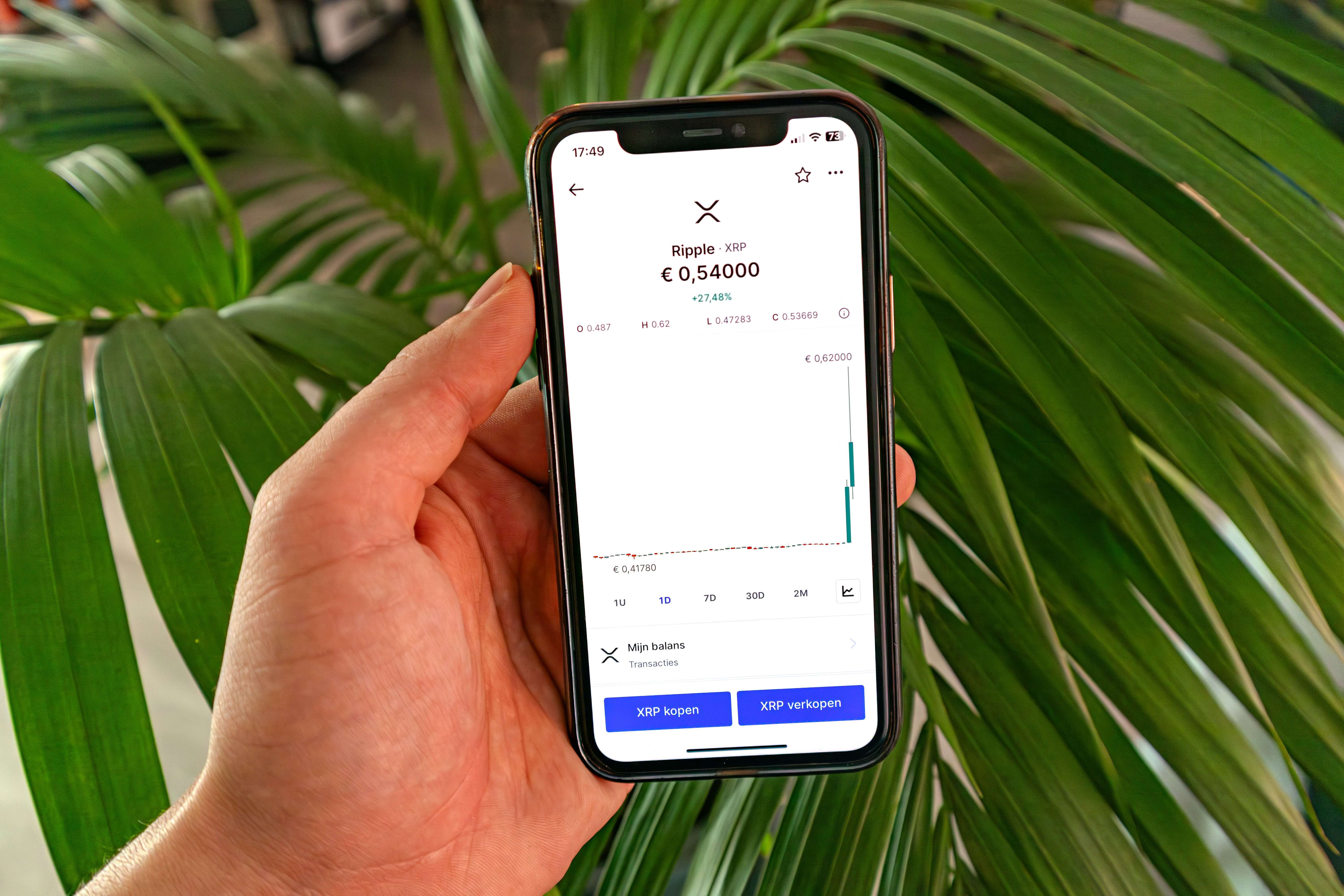
XRP vs. Bitcoin vs. Ethereum
XRP vs. Bitcoin
XRP vs. Ethereum
Where XRP Sits: XRP Is Decentralized But...
How Decentralized is XRP Really?
Evidence Supporting Decentralization
Evidence Against Decentralization
Curious why XRP isn't mined? Learn about its consensus.
Expert Perspectives
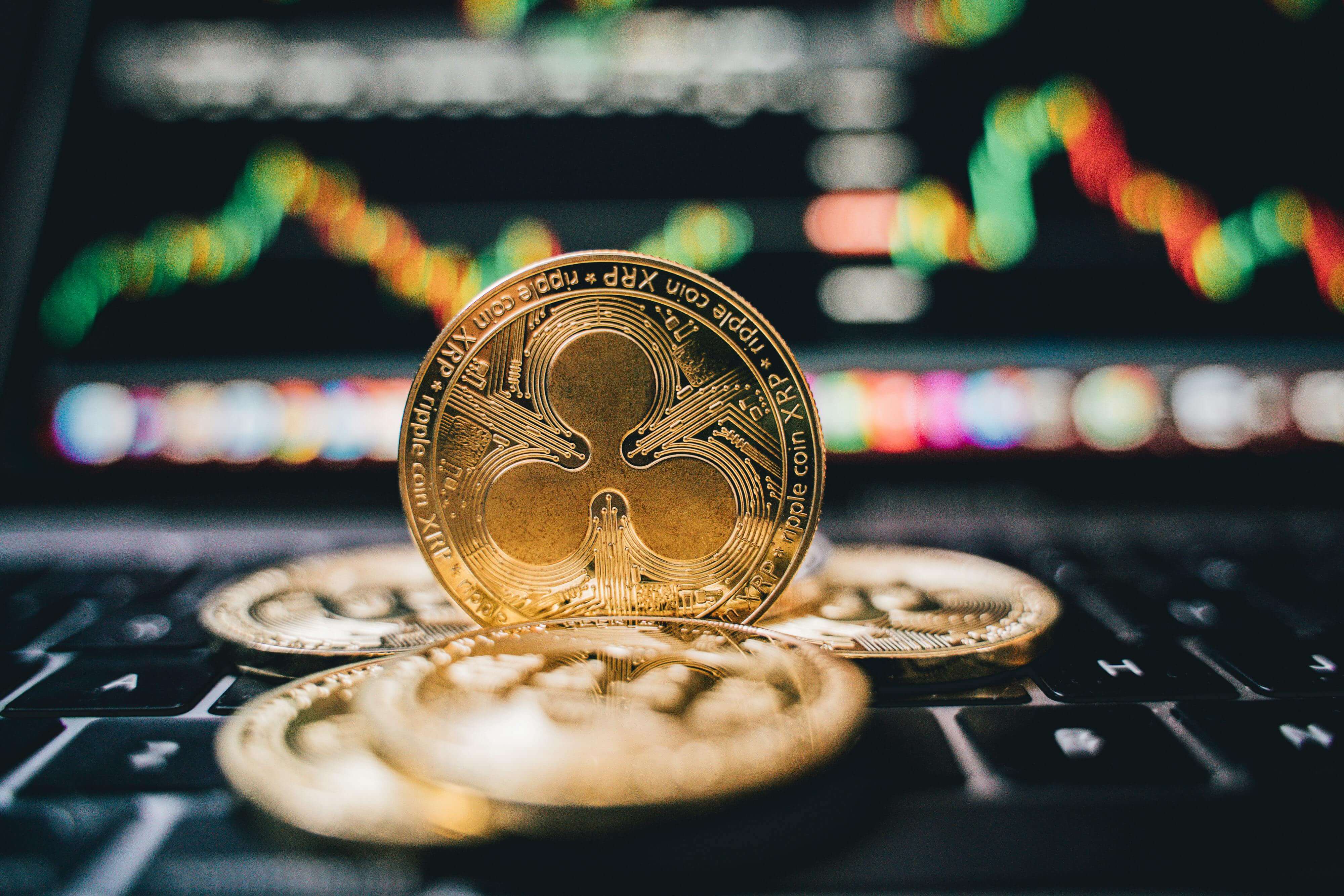
Why XRP's Decentralization Status Matters
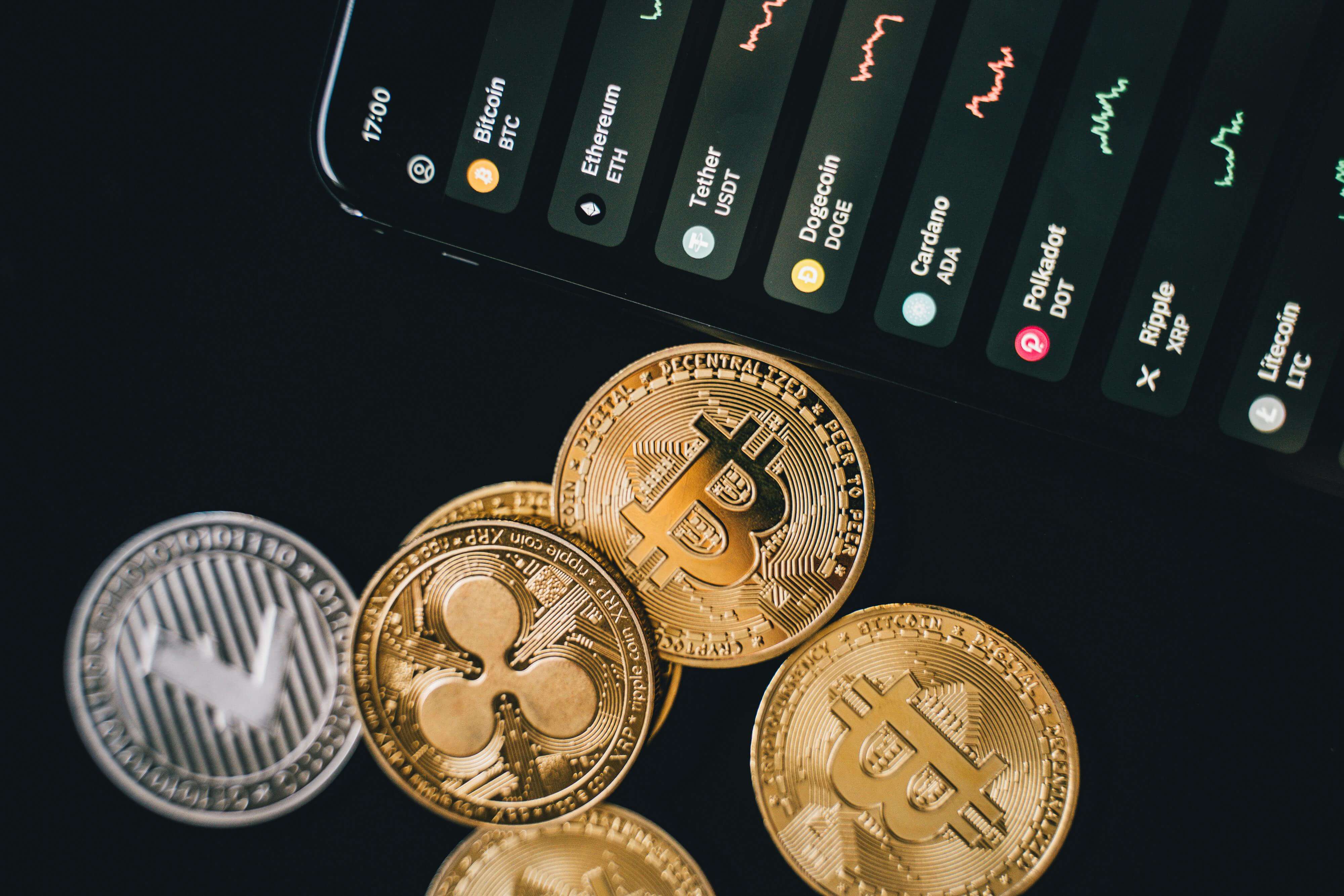
FAQ
Want to explore more about XRP's network? Check our comprehensive guide.
Conclusion
Popular Articles

What is MEXC DEX+? Complete Trading Guide for DEX Aggregator
Key Takeaways:MEXC DEX+ combines centralized exchange convenience with decentralized trading access across four major blockchain networks.Trade over 10,000 tokens without managing private keys or
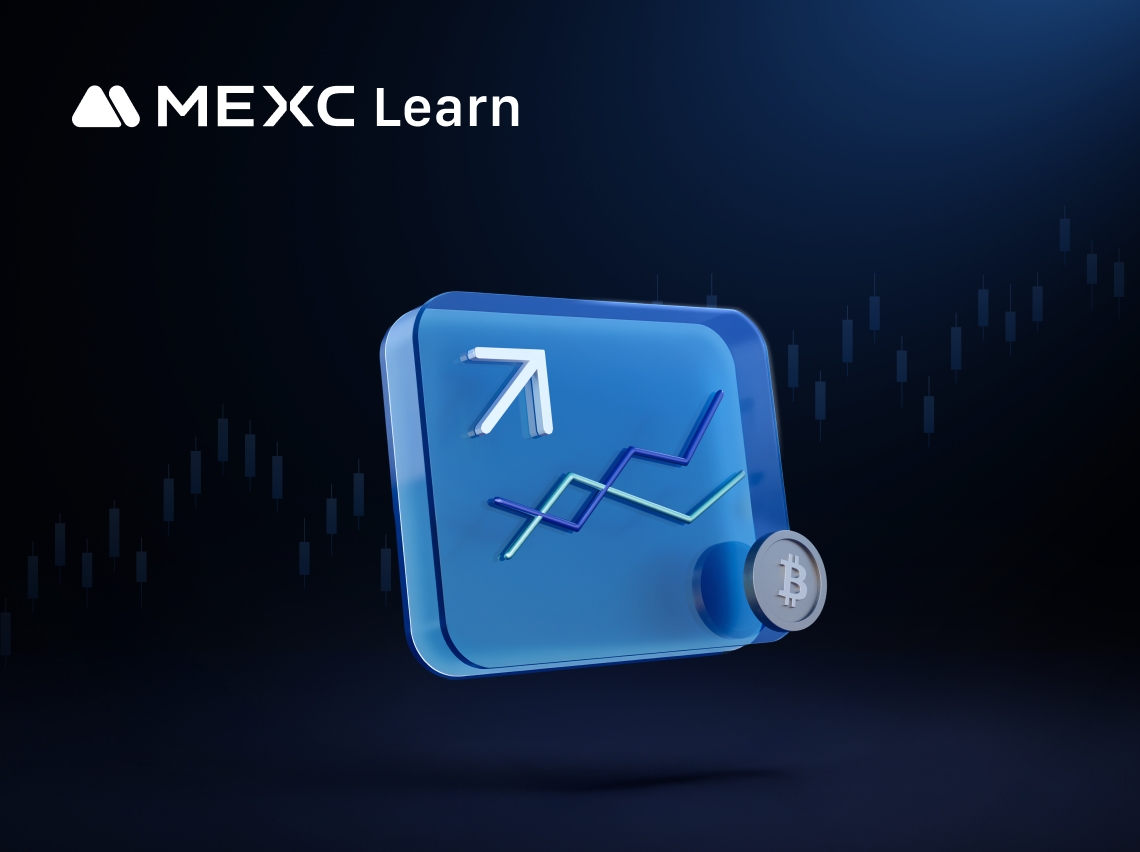
Calculation of Futures Yield and Trading Fees
When trading futures on MEXC or other major exchanges, your trading PNL is based on three components:Trading Fees: The cost incurred during the transaction.Funding Fees: Periodic settlements based on

How to Manage Sub-Accounts
1. What is a Sub-AccountUnder your MEXC account, you can set up multiple sub-accounts to assist you in your daily trading activities. For example, you can use one sub-account for spot trading and anot

MEXC New Listing Calendar: How to Check Token Listing Status & Upcoming Listings
Key TakeawaysMEXC new token listing announcements appear on the official calendar at mexc.com/newlisting with countdown timers and trading pair details.MEXC token listing requirements vary by zone, wi
Hot Crypto Updates
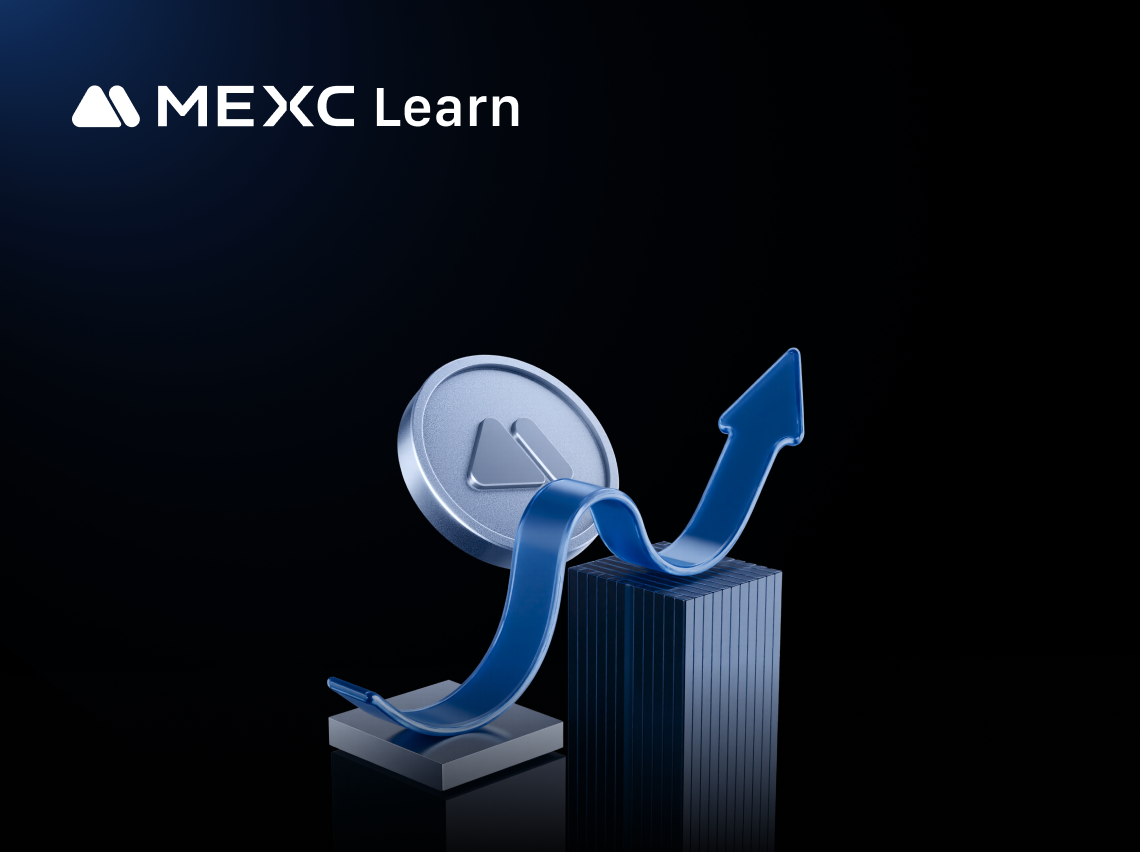
How to Buy Midnight (NIGHT) on MEXC: Complete 2026 Tutorial
Key Takeaways MEXC Exchange is the best platform to buy NIGHT tokens, offering 100% reserve guarantee and zero-fee tradingRegistering a MEXC account takes only 3-5 minutes, supporting 100+ payment met
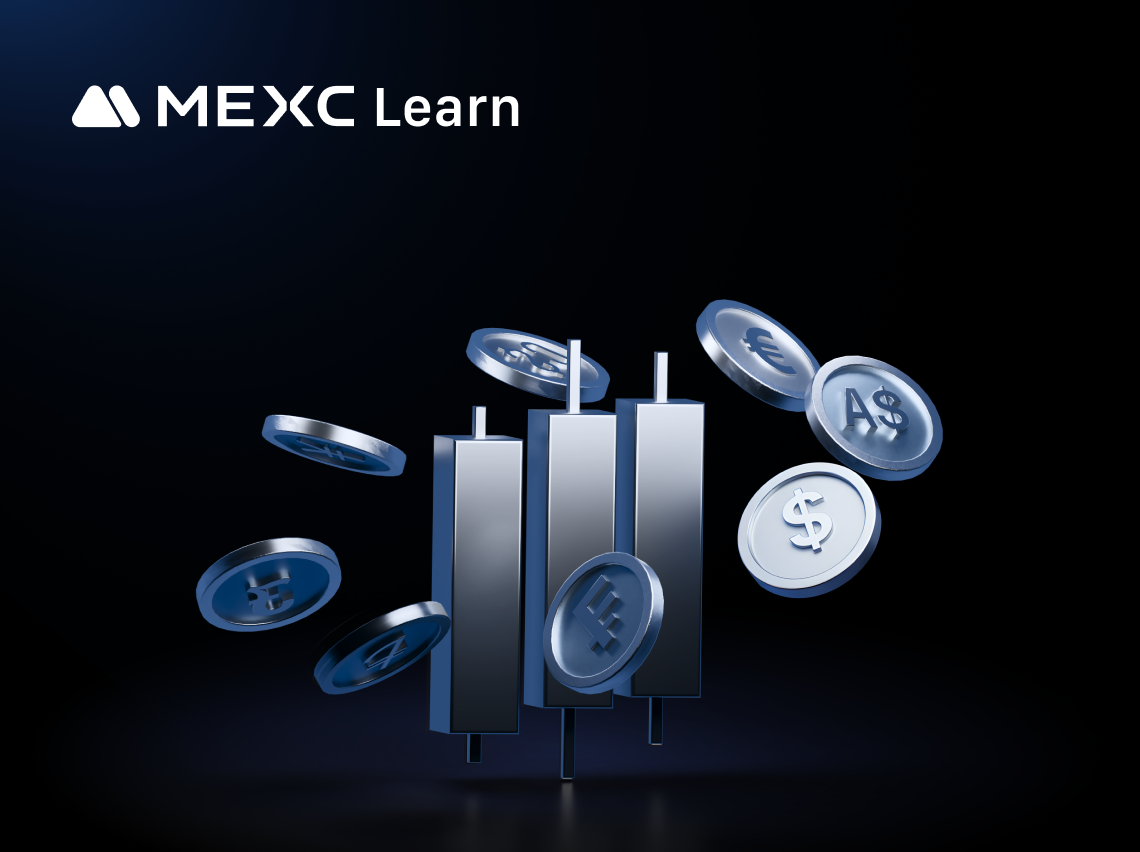
NIGHT Token Price Prediction and 2025-2030 Investment Outlook: Deep Dive into Midnight Market Performance
Key Takeaways NIGHT token launched on December 9, 2025, with price plummeting from $0.105 to $0.0232 on day one, down 77.92%Current crypto price approximately $0.0232, market cap $385 million, ranked
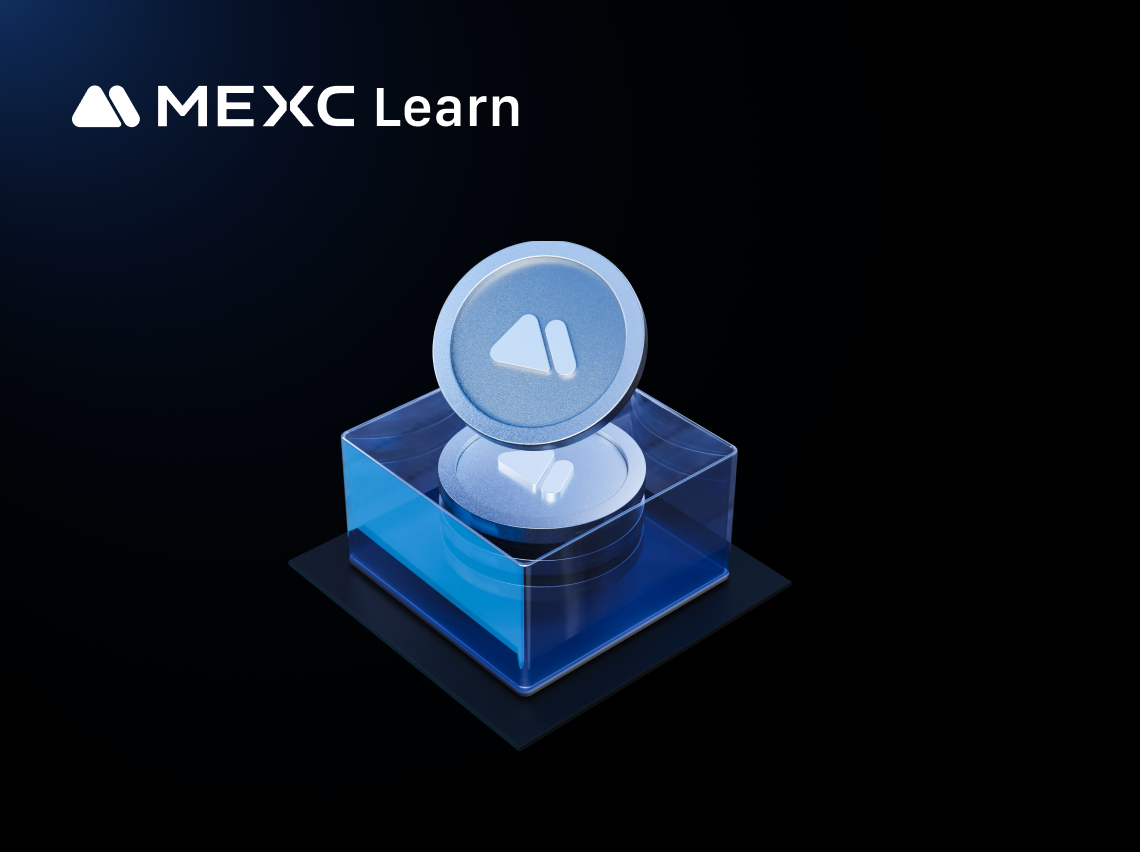
Midnight (NIGHT) In-Depth Analysis: The Privacy Revolution in Cardano Ecosystem
Key Takeaways • Midnight (NIGHT) is a fourth-generation blockchain project led by Cardano founder Charles Hoskinson, focusing on privacy protection technology• Utilizes zero-knowledge proof (zk-SNARKs
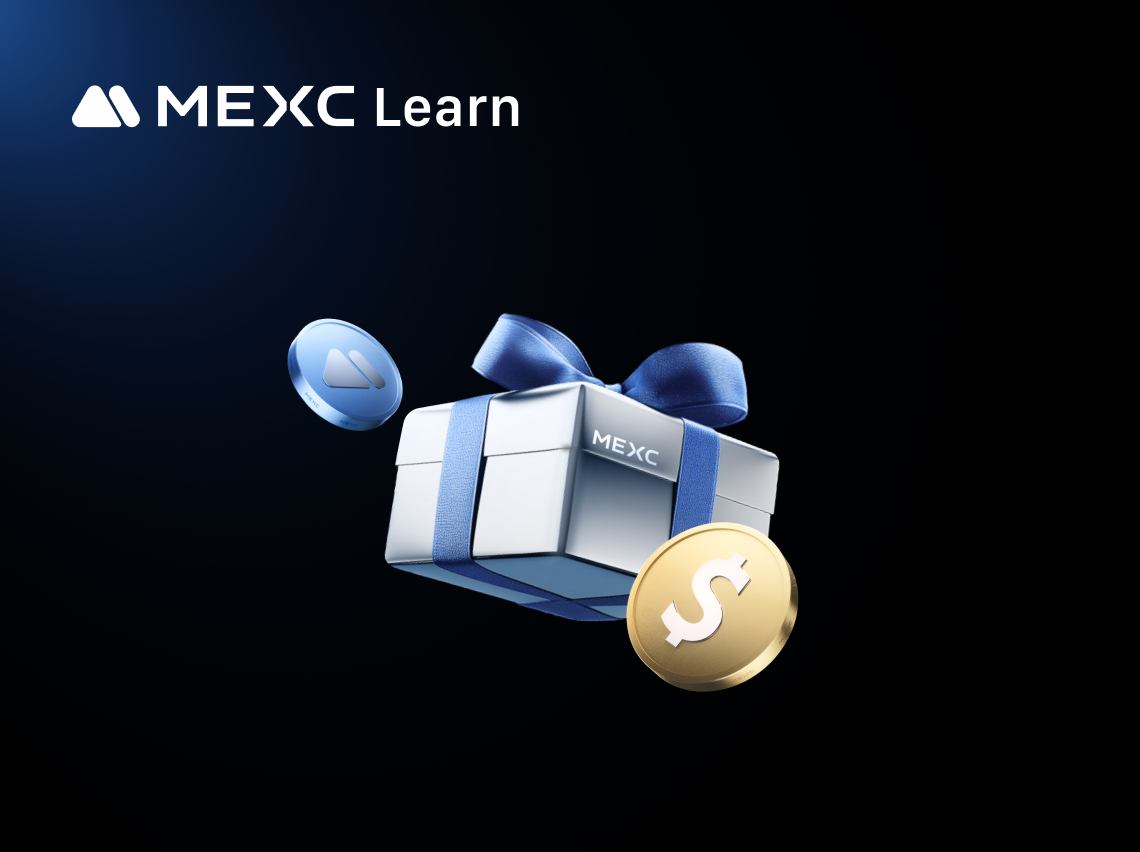
Bitcoin Price Alert: Current Rally May Crash to $74K | 2026 Selling Strategy Guide
Key Takeaways Short-term Rally: Bitcoin price rebounded from below $90K to above $94K recently Bearish Signals: Technical analysis shows clear bear flag formation and WXY correction pattern Critical L
Trending News

The U.S. OCC has warned Wall Street about the "de-banking" of industries such as digital assets, calling such practices "illegal."
PANews reported on December 11th, citing CoinDesk, that President Trump's actions against the "debanking" of controversial industries such as digital assets have prompted the Office of the Comptroller

The "1011 Insider Whale" has added approximately 19,000 ETH to its long positions, bringing its latest position to 120,000 ETH.
PANews reported on December 11th that, according to on-chain analyst @ai_9684xtpa, as ETH briefly fell to the order book level, the "whale that opened short positions after the October 11th flash cras

State Attorneys General Issue Dire Warning To Microsoft, OpenAI, And Google Over ‘Delusional’ Chatbots
The post State Attorneys General Issue Dire Warning To Microsoft, OpenAI, And Google Over ‘Delusional’ Chatbots appeared on BitcoinEthereumNews.com. AI Regulation Showdown: State Attorneys General Iss

Which RWA Altcoins Are Developers Focusing On Most Among the Most Popular Themes of Recent Times? Here’s the List
The post Which RWA Altcoins Are Developers Focusing On Most Among the Most Popular Themes of Recent Times? Here’s the List appeared on BitcoinEthereumNews.com. Cryptocurrency analytics company Santime
Related Articles

What is MEXC DEX+? Complete Trading Guide for DEX Aggregator
Key Takeaways:MEXC DEX+ combines centralized exchange convenience with decentralized trading access across four major blockchain networks.Trade over 10,000 tokens without managing private keys or

Calculation of Futures Yield and Trading Fees
When trading futures on MEXC or other major exchanges, your trading PNL is based on three components:Trading Fees: The cost incurred during the transaction.Funding Fees: Periodic settlements based on

How to Manage Sub-Accounts
1. What is a Sub-AccountUnder your MEXC account, you can set up multiple sub-accounts to assist you in your daily trading activities. For example, you can use one sub-account for spot trading and anot

MEXC New Listing Calendar: How to Check Token Listing Status & Upcoming Listings
Key TakeawaysMEXC new token listing announcements appear on the official calendar at mexc.com/newlisting with countdown timers and trading pair details.MEXC token listing requirements vary by zone, wi
